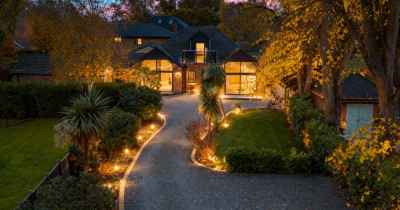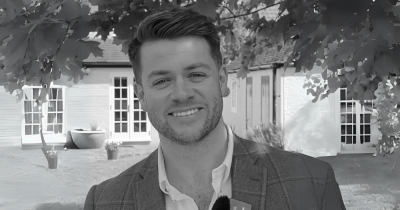Design Directory: Victorian Architecture
What do the theory of evolution, central heating, the potato peeler and electric lights have in common? They were all invented, or discovered, during the Victorian era, which saw a huge advances to all areas of life. Here, we explore how incredible changes went on to shape architecture and homes in the Victorian era.

Victorian properties, with their timeless architectural features, continue to capture the hearts of homebuyers across the country. Named after Queen Victoria, whose reign from 1837 to 1901 saw a boom in housing development, with the population reportedly doubling in this time. Whether you’re thinking about buying a Victorian home or just curious about what makes them so special, this guide will dive into the typical characteristics of Victorian architecture.
Characteristics of a Victorian home
Victorian homes are known for their intricate design and attention to detail. Here are some defining features:
Ornate Facades: Victorian houses often feature elaborate exteriors with decorative trim, gables, and cornices. Brickwork is common, with red and yellow bricks used in various patterns to add visual interest.
Bay Windows: Large, protruding bay windows are a hallmark of Victorian design. These windows not only enhance the aesthetic appeal but also allow natural light to flood into the rooms, creating bright and welcoming spaces.
High Ceilings and Large Rooms: The interiors of Victorian homes are typically spacious, with high ceilings that add a sense of grandeur. Rooms are often generously proportioned, making them perfect for entertaining and family living.
Decorative Mouldings: Intricate mouldings and cornices adorn the ceilings and walls, adding a touch of elegance and refinement. These details reflect the craftsmanship and artistry of the Victorian era.
Fireplaces: Original fireplaces, often made from cast iron or marble, are a common feature in Victorian homes. They serve as focal points in living rooms and bedrooms, adding both warmth and character.
Stained Glass: Victorian properties frequently incorporate stained glass windows, which add a splash of colour and artistic flair. These windows are often found around front doors and in transom windows above interior doors.
Why choose a Victorian home?
So, now we have explored what defines and characterises a Victorian home, there are a number of things to consider should you be looking at buying or moving into one.
Character and Charm: One of the best things about Victorian homes is their undeniable charm. The architectural details and period features create a unique and enchanting living environment that modern homes often lack.
Spacious Interiors: The large rooms and high ceilings provide a sense of space and openness, making Victorian homes ideal for families and those who enjoy hosting gatherings.
Solid Construction: Built to last, Victorian homes were constructed with high-quality materials and superior craftsmanship. Many of these properties have stood the test of time and continue to offer a sturdy and reliable structure.
Prime Locations: Victorian properties are often situated in desirable, established neighbourhoods with mature trees and convenient access to amenities, schools, and public transport.
What should you take into consideration?
As with most older properties, Victorian homes often come with certain aspects that you need to make sure you take into consideration if you are looking at living in one.
Maintenance and Upkeep: With their age and intricate details, Victorian homes require regular maintenance and repairs. Restoring original features and keeping the property in top condition can be time-consuming and costly.
Energy Efficiency: Victorian homes were not built with energy efficiency in mind. As a result, they can be draughty and challenging to heat. Retrofitting for modern insulation and double glazing can be expensive but is often necessary for comfort and efficiency.
Modernisation Challenges: Updating a Victorian property to meet contemporary standards while preserving its historical integrity can be a delicate balancing act. Modern amenities like open-plan living may be difficult to achieve without compromising the home’s character.
Potential for Hidden Issues: Older homes can sometimes hide structural issues such as damp, subsidence, or outdated wiring. A thorough survey is essential before purchasing to identify any potential problems.
The Victorian era saw huge advancements in industrialisation and laid the foundations for modern living as we see it today. The architecture of this era now forms a huge part of the housing landscape across the country, due to the increase in houses being built to meet the demands of the population boom at the time. While they come with their own set of challenges, for many, the opportunity to own a piece of history and enjoy the unique features of a Victorian home is well worth the effort. If you appreciate character, craftsmanship, and a touch of elegance, a Victorian property might just be the perfect home for you.
If you are looking to buy or sell your Victorian home, why not get in contact with By Design today to see how we can help.
Get in touch with us
First Name*
Last Name*
Mobile Phone*
Your Email Address*
Are you looking to*
Please enter message here*
Please confirm that it is okay for us to contact you about this information as well as products and services. (You will always be given the right to unsubscribe at any point in the future)*



